Krist Wongsuphasawat, who recently interviewed for a healthy helping of visualization jobs, outlines the questions asked and the general flow of things.
[T]here are some sessions that your data visualization skills will play the key roles, but there will be tests for other skills as well. As I have mentioned earlier, data visualization is one of the main skills, but having only that is usually not good enough to land the roles. So do your homework, figure out what are the skills required for the target roles and make sure you can tick all of the checkboxes. If you are choosing the engineering track, there will be lots of expectations for front-end engineering skills.
From there, the tasks presented to you seem to vary a lot depending on what a company is looking for. Sounds stupendous.


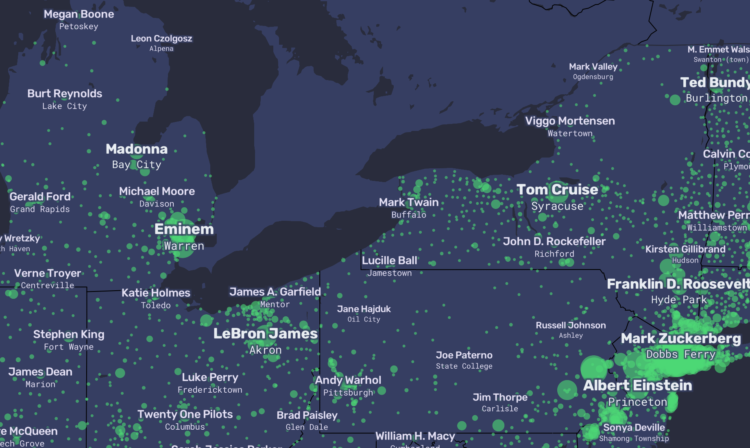
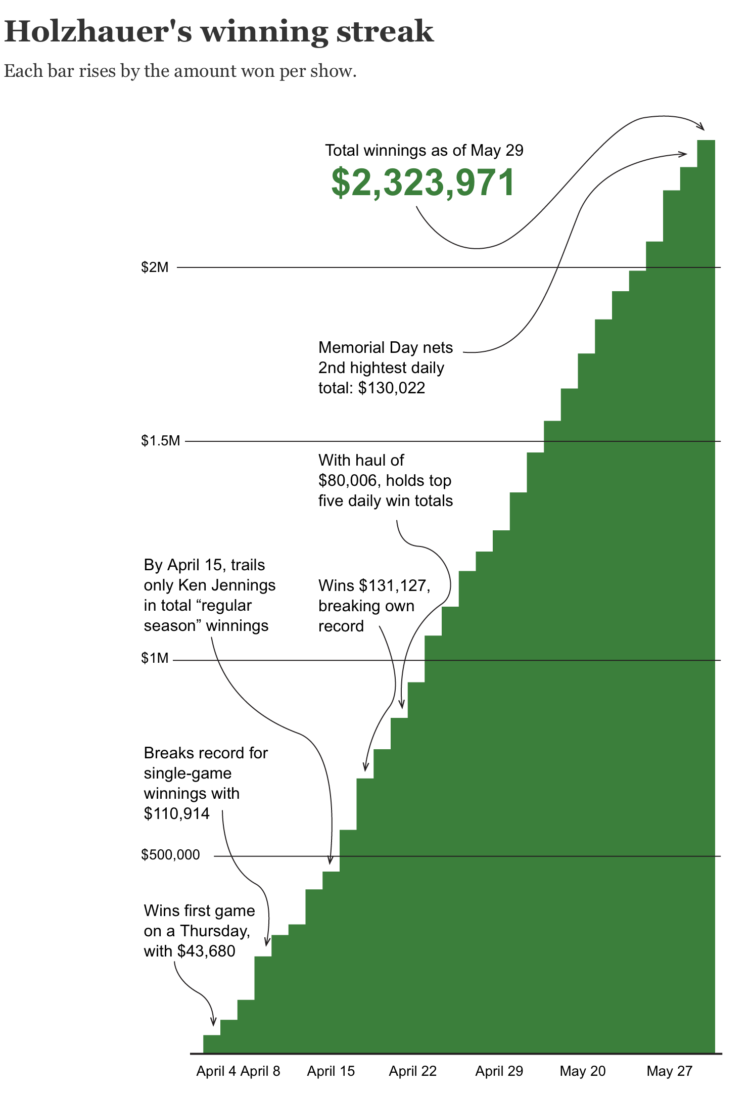
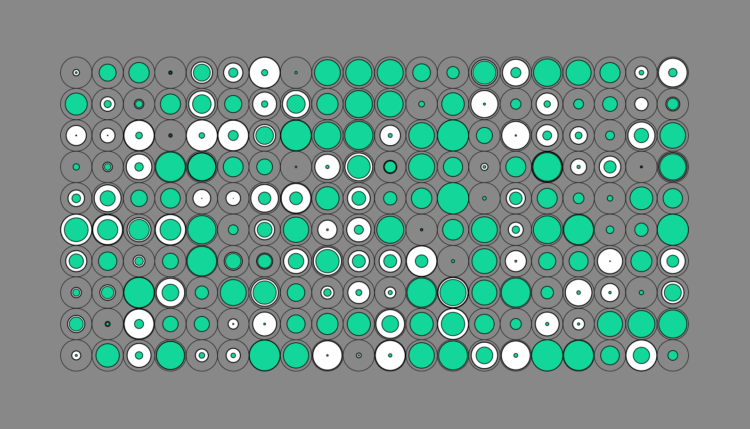

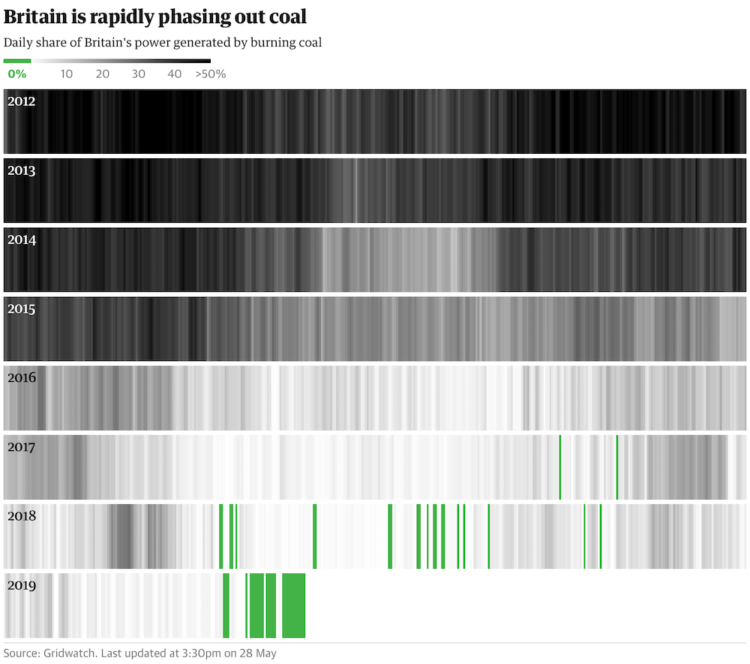
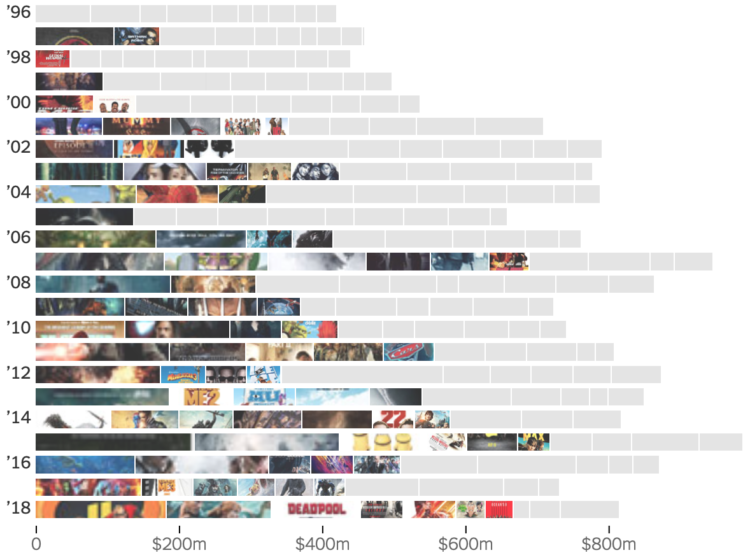

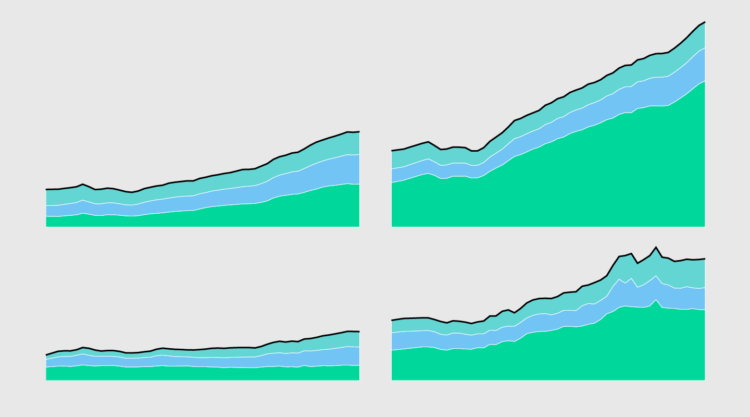
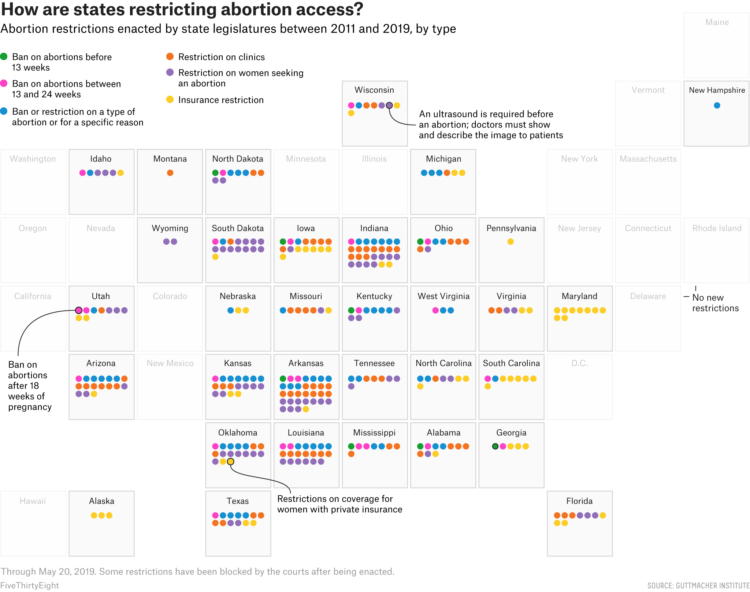
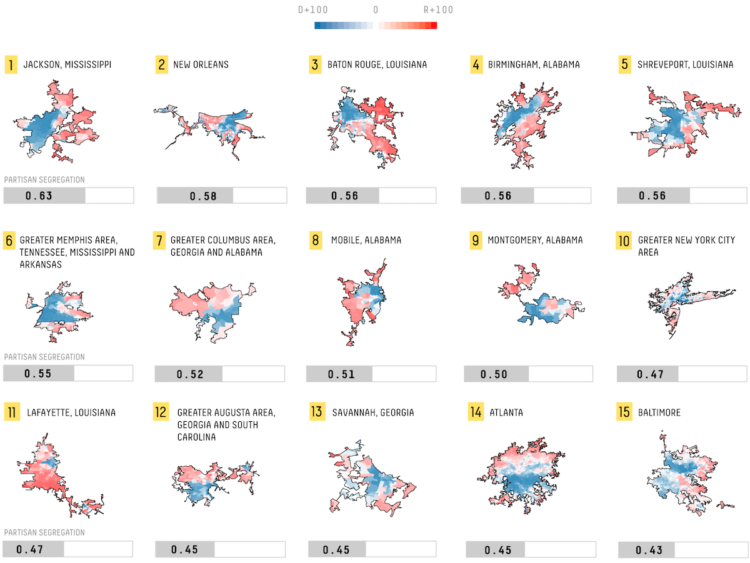

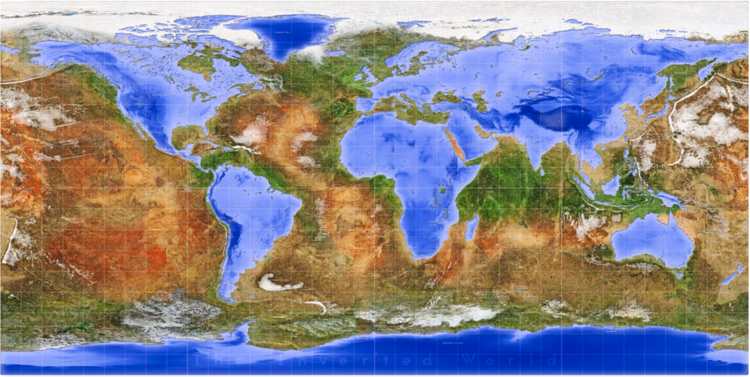

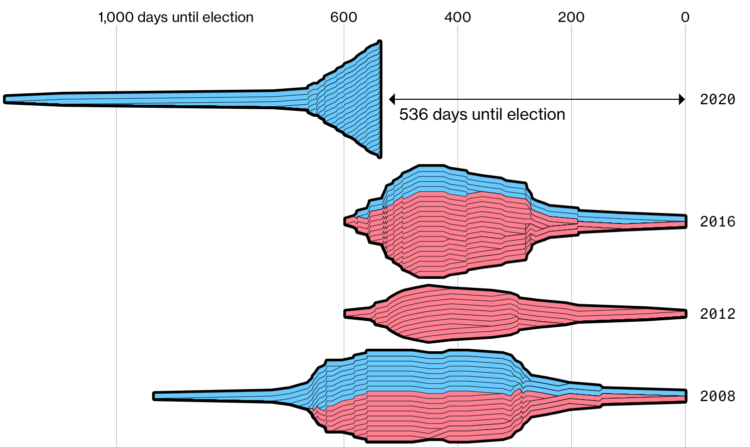
 Visualize This: The FlowingData Guide to Design, Visualization, and Statistics (2nd Edition)
Visualize This: The FlowingData Guide to Design, Visualization, and Statistics (2nd Edition)










